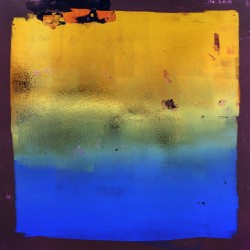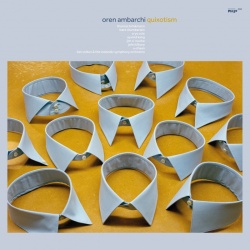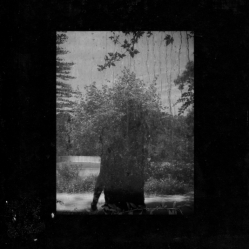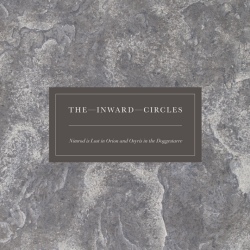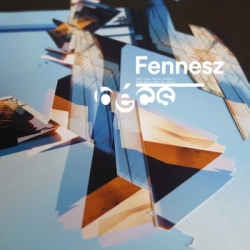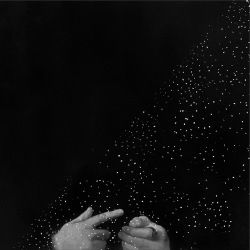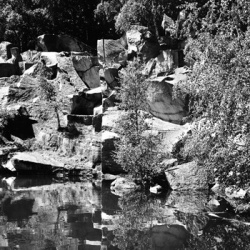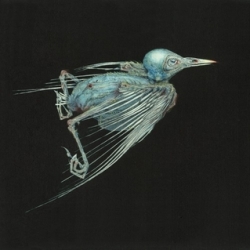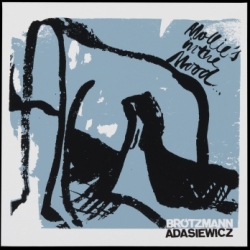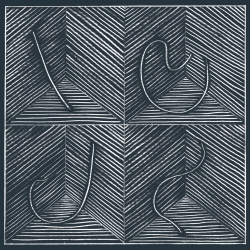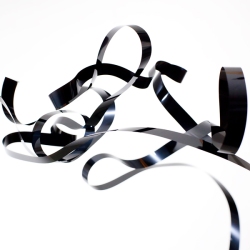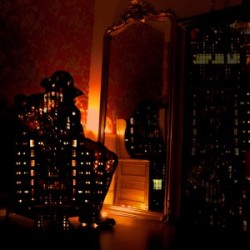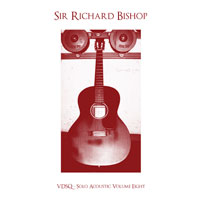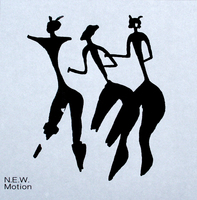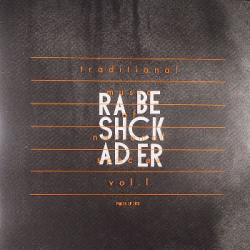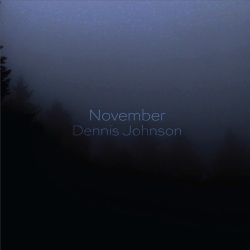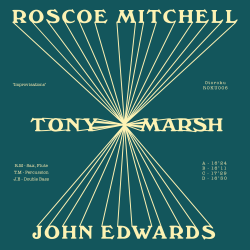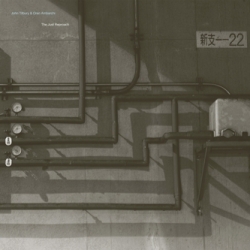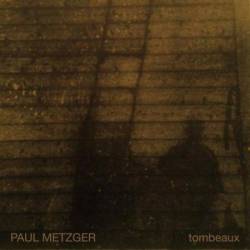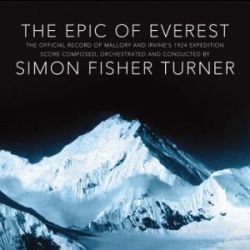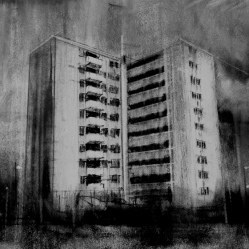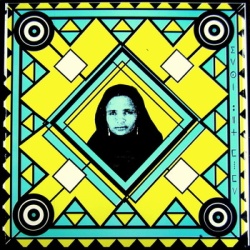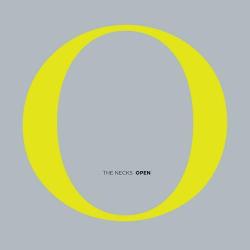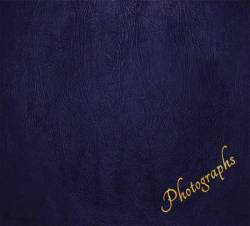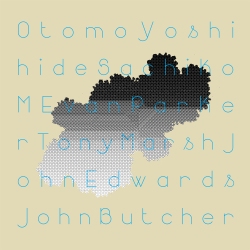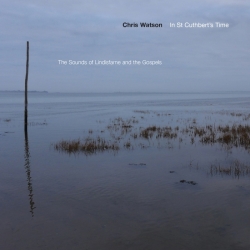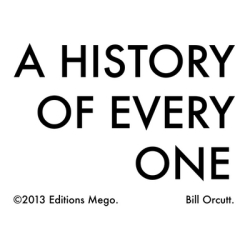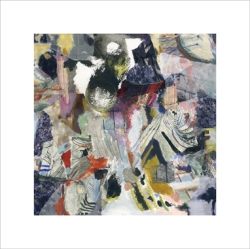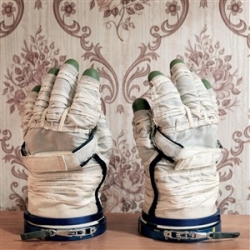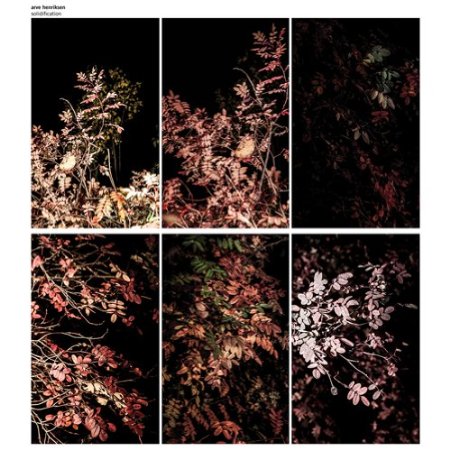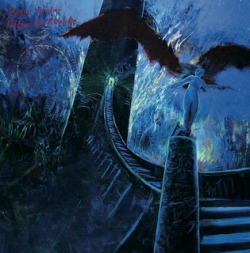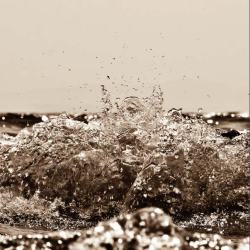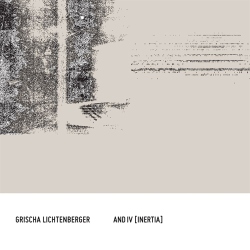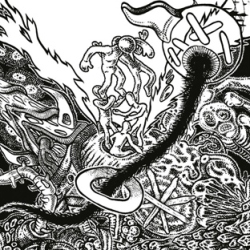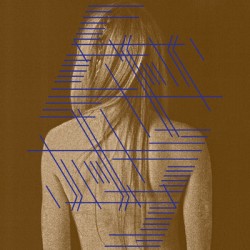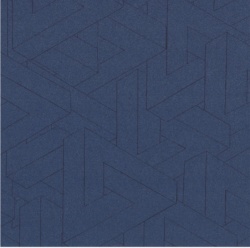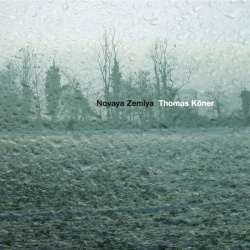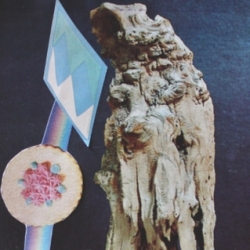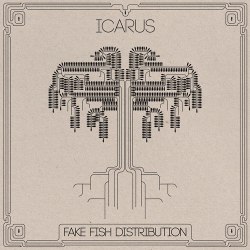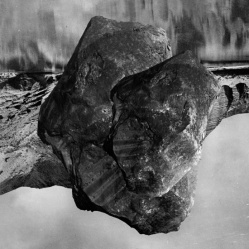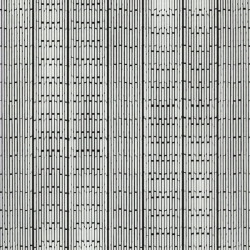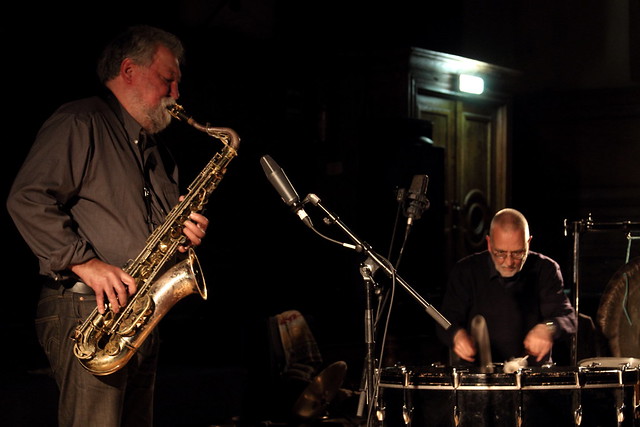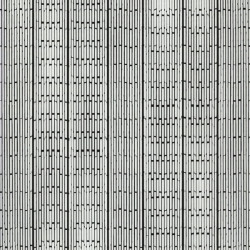
“All these changes have crept up on us like imperceptible noise, like buzzing”. In his introduction to the London leg of Touch’s birthday celebrations, which have also taken in trips to New York, Glasgow and Madeira amongst others, Jon Wozencroft was referring to the authoritarian instincts of successive British governments since the 1980s. He might as well have been talking about the changes in technology which have impacted upon Touch over that period, from how graphics are designed, to how sound is recorded, and to how we as an audience consume and appreciate art.
I picked at a number of threads related to this in a discussion I had with Touch co-founders Wozencroft and Mike Harding for The Liminal this time last year, such as those that connect the analogue to the digital, the audio to the visual, and the sound to the place. This two day Touch 30 event, featuring panel discussions, films and performances from a number of artists and individuals linked to Touch, twisted these threads back together into a continuum, a thick rope that stretched back from the Beaconsfield Arts Centre in late 2012, all round the globe and back through time to the Moonlight Club in West Hampstead in 1982, where Harding and Wozencroft first met and began to work on what would become Touch.
There was a large element of reflection on that lengthy history across the two days, much of which was driven by Wozencroft. While this could come across as self-indulgent at times, such as during an unfocused chat with Edwin Pouncey (Savage Pencil) about their respective record collecting habits, you did get the impression that Wozencroft was a fan as much as a curator. He was keen to explore Touch’s relationship to all that was around it, and to assert its place in a cultural lineage that stretched from the Beatles (his first record purchase) through New Order (who featured on his first release) and beyond.
The connection to New Order and Factory Records who, like Touch, were another intersection between audio and visual art, was made even more explicit by the involvement of New Order’s sleeve designer Peter Saville in a discussion on the links between graphic design and art. While Saville was quick to refute the premise of there being a link at all (entirely separate worlds, he argued, drawing on his own difficulties in breaking into the art world), his own revelations about the need for tactility, and audience participation in his art did have echoes with much of Touch’s premise. In his musings on the relationship between his photography and Touch’s music, Wozencroft was to stress the importance of constructing parallel narratives that necessitated the active involvement of the audience.

To allow further light to illuminate the historical narrative, the two days were perforated by a series of sharp audio interventions, tracks and performances from Touch’s archives. A particular highlight was David Toop reading from the relevant chapter of his book Ocean Of Sound, over an audio backdrop of his recordings of Yanomamo shamans undergoing transformative (and seemingly rather painful) rituals, released on the Touch Travel compilation in 1984. It served to remind us how important not just narrative has always been in the Touch catalogue, but also, through the status afforded to field recordings, to that sense of time and place.
This archival nature of Touch 30 was picked up on by Philip Jeck. Jeck’s sets often reflect his surroundings – I have fond memories of him using a selection of jazz records as the basis for his performance at the North Sea Jazz Festival a few years back – so it was perhaps unsurprising that he was to utilise vinyl recordings by Touch artists, including a flexidisc of the cellist Hildur Gudnadottir. Her string parts were hauled from amidst grainy drones like a memory coming into focus, before fading once more into static. Underneath, he used a slowed down James Last hook to provide further emotional heft, as if in riposte to Wozencroft’s earlier dismissal of Last during his record collecting segment.
In contrast to this perception of Wozencroft as the preserver of Touch’s heritage, Mike Harding was more excited by the future, in particular by the possibilities of new technology. A discussion on future formats, with the University of York’s Tony Myatt and the audio designer Seb Jouan, entered the realm of surround sound, exploring these planes with a view to them becoming the format of the future. Some of the concepts Jouan raised were particularly startling, including the ability to recreate the precise sonic characteristics of places, even those that no longer exist, such as long-destroyed churches. Elsewhere, discussions on the role of the internet and mobile technology raised the (distant, I’d assume) possibility of a Touch album being released as an app.

We had brief glimpses of Touch’s (nearer) future with the debut of as yet unreleased work from Fennesz and Biosphere. Fennesz’s new material sounded like a slight step on from his Black Sea album, louder and more aggressive, destructive even, with loud, glitchy intrusions on a field of buzz and static sounding like trees being felled in a digital forest. However, to my ears Biosphere’s 4/4 reconfigurations of Schoenberg felt somewhat rigid and even dated given the freedoms and forward thinking practised by so much of the Touch repertoire elsewhere.
In their introductions to the event, Wozencroft and Harding made it clear that Touch was a partnership: it relied on the two of them doing the things that the other couldn’t (or at least didn’t want to) do. But any notion of this partnership requiring a strict division between, say, the creative and the administrative was comfortably dispelled by the nature of their curatorial contributions to this event. There is a meeting place between the two, and that place is Touch. It became apparent to me that this meeting place is the now: the celebration of where we (the artists, the listeners) are right now was not just the key motif of Touch 30, but perhaps of their entire 30 year history.

In the aforementioned panel discussion on future formats, Hildur Gudnadottir talked about the motivation for the hi-spec surround sound recording process of her luminous Leyfdu Ljosinu album: to capture not just a space, but a sense of movement within that space – and how it had to be recorded in one take so as not to “cheat” movement and space. She performed the piece over Beaconsfield’s quadrophonic sound system, using looped layers of voice and cello, building and swirling it from lullaby to hullabaloo. At times, the sawed, stacked rhythms clacked like a train, feeling like a reference, deliberate or not, to Beaconsfield’s railway arch location: the passing of a train had earlier caused her to pause and check her progress.
In Touch’s exploration of the now, the status of field recordings is key. Cheryl Tipp, curator of natural sound at the British Library, talked on a panel about the resurgence in “listening for listening’s sake” (along with the resulting problems this causes her in quality controlling thousands of birdsong submissions). It is in this way that the sound recordist’s Chris Watson’s work makes perfect sense in the context of more conventionally “musical” releases. An in absentia playback of his “Brussels-Nord” piece (as featured on the new Touch 30 compilation), recorded in the train station of that name, was the richest of delights in Beaconsfield, the low end train rumble that was a distraction for Gudnadottir working in perfect synergy with Watson’s own recordings.

A similar effect was observed during Thomas Köner’s set. Until their coming together for this year’s sombre Novaya Zemlya release, Köner’s exploration of (in his case, dark and remote) soundscapes had occurred in parallel to Touch’s. While he had been billed as performing a new work, Köner instead chose to reprise his 2003 masterpiece La Barca, a fantastical expedition across times and spaces, big on bass, Basinski-esque melodies, and buried echoes of the past. In the brick-clad Beaconsfield arch, he achieved something sublime: a haunting, ache-filled reach from our time and space back to others, ultimately merging them all with a deep resonance. In that, it felt like a continuation of the quest for a shared moment that both Wozencroft and Saville said they were searching for with their art, what Wozencroft had earlier described as “felt experiences in a particular time and place”.
Set against the likes of Köner, Fennesz, Biosphere, and Jeck, Carl Michael von Hausswolff may seem a relatively minor figure, having released just the one record through Touch. Von Hausswolff, however, is the obelisk who watches over many of the major landmarks in Touch’s history. For his set at Touch’s 25th anniversary he draped unadorned sine waves in the air for the audience to hang onto. Five years on, he was still producing these beautiful, precise low tones, but this time embellishing them with the sound of his own breath, sampling it and layering on top. You could tell that von Hausswolff really felt this, as he hung onto the knobs of his equipment as if his life depended on it, lost in the moment, this time, this sound, this place, but compelling us to come and find him. As an act of listening for listening’s sake, it felt like a compelling summation of the event, and a fitting reminder of what Touch are. Here’s to another 30 years of now.


